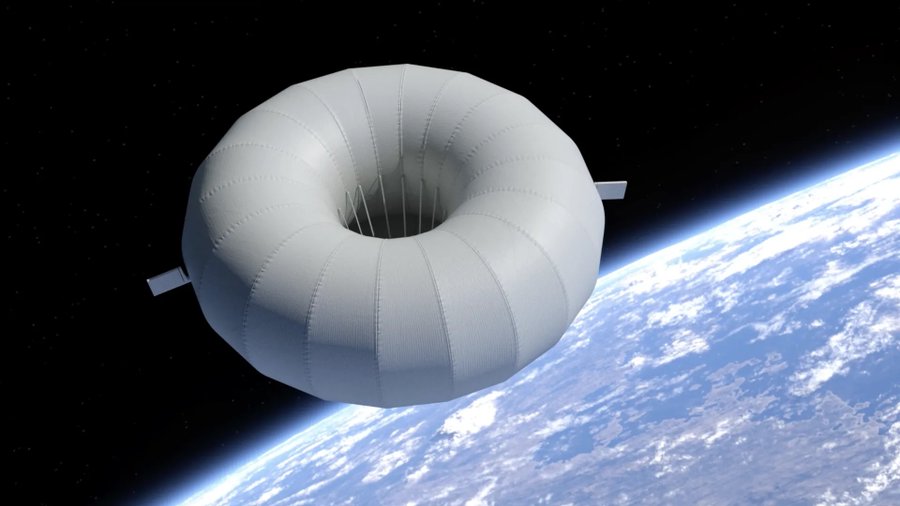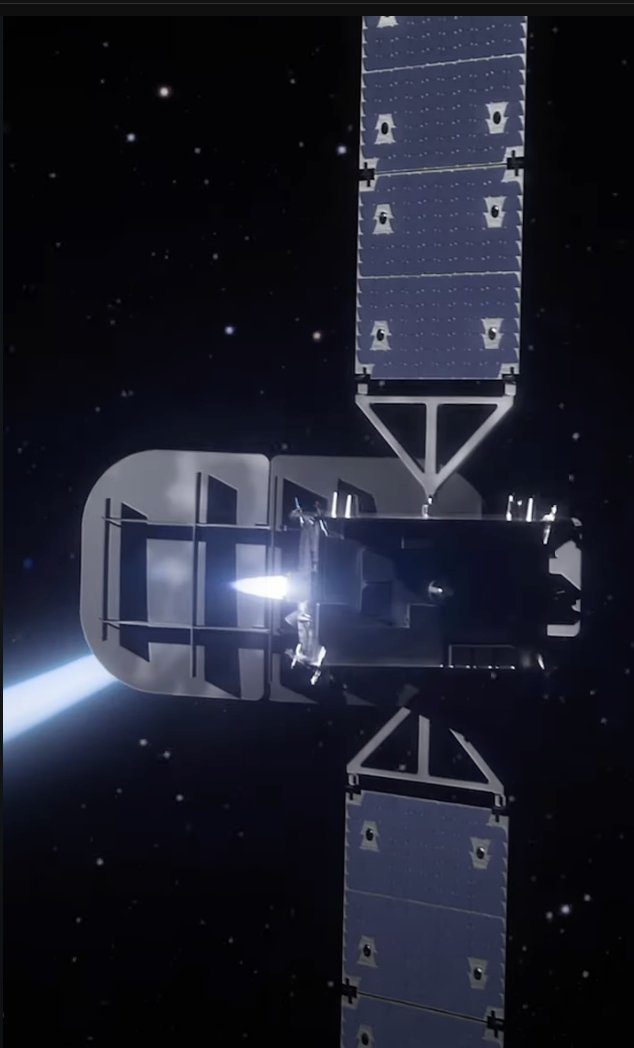As reported by Space News, the Argentinian space operator, Arsat, has managed to have its Arsat-1 and Arsat-2 spacecraft insured, at least in part, by policies covering launch plus 15 years in orbit at the relatively low premium rates of being under 10%. These VERY low rates were enabled, in part, by their launches being placed on the very reliable Ariane 5. This publicised deal was brokered by Aon-ISB with the underwriting companies involved including the very well established and successful Munich Re and Swiss Re with several other firms involved as well. Correction January 2015: Note that the rates of 10% quoted here were incorrectly reported by others and according to insurance sources were considerably more than 10%.
These new polices have been rumoured on the market for a while. Nevertheless we were surprised that such “launch-plus-life” in orbit policies are now being placed. Seradata’s space team, in its current and in its previous Airclaims and Ascend guises, has previously noted that while such policies are beneficial to a satellite operator, they can have major downsides for underwriters. That is, if a satellite acquires a fault which steadily worsens, or similar satellites display a newly discovered generic fault, insurers will not be able to write in an exclusion at the end of each year as they can currently do with annually renewed in orbit coverage. The result is that a minor fault in year 1 can, over time, become a total loss by year 3.
This happened in the early 2000s when launch plus five years-in-orbit policies became commonplace. A series of generic failures due to new technology, combined with unusual mid-life anomalies, were compounded by poor underwriting, and policy wordings. The latter included not adequately depreciating the insured value of the satellites over their lifespans and bundling several different risks at a single premium rate. The result of all this was that there were several major insurance losses and the profitability of the market was destroyed.
Of course, it is argued that such “launch-plus-life” polices can work just as long as risk is calculated correctly and the premium rate is high enough. In our view, such long life-in-orbit failure scenarios are too difficult to model to get a sufficiently accurate prediction of in-orbit failure rates.
Apart from the quirks of “mid-life upsets” and “generic issues”, the other problem in making such calculations is that the later lives of most commercial spacecraft are not normally insured. Thus the dataset for insurers will be limited, though they may be able to estimate the “equivalent insurance loss” from “later life” failure events. Either way, we believe that there will be a tendency to underestimate the “later life” insurance loss rate. The result could be that underwriters may miscalculate the premium rate needed to cover such risks.
We accept that satellite operators think that in-orbit policies with annual renewals (and exclusions) are poor value for money. We agree they are not good value. A better alternative to launch-plus-life policies, in our view, is to offer a life-in-orbit policy running from the end of year one. While it does not exclude all the pitfalls of “strange” mid-life crises and generic failures, it can at least allow for new technology’s unreliable nature. This is because most insurance loss-in-orbit anomalies show themselves in year 1, and thus can be excluded from the on-going risk.
Underwriters will probably not agree. They love the high premiums of launches reasoning that once the short “high risk” event is over, this allows them to apportion this money to cover the longer “low risk” life cover. However, in our view, such launch-plus-life policies, are akin to an ocean liner captain not seeing, or worse, ignoring icebergs ahead.
As for the Arsat policy, in this instance, we believe that such a miscalculation has already taken place. Past experience with the early flights (first five flights) of new satellite designs introduced since 1989, shows that the risk of total loss is much higher than 10% – and is, depending on your assumptions, two or even three times that. This insurance total loss rate includes launch failures some of which were unrelated to the satellite design.
Correction January 2015: Note that the rates of 10% quoted in this piece were incorrectly reported by others and according to insurance sources were considerably more than 10%.
As such, we expect that out of the first five satellites launched using a new design, the equivalent of one will result in a total loss. By the way, our simple analysis showed one third of the claims for loss occurred in year 2 or later.
(If Seradata’s clients want to see our very simple spreadsheet working, please email us at info@seradata.com and we can send it to them.)
Admittedly, the total loss rate drops to 15% if only Airbus DS and Thales Alenia Space craft are considered (the indigenously-built Arsat 1 and 2 use components from these experienced manufacturers and have been built with their supervision). Nevertheless, even if the Arsat premium rate reflects a reliable launch vehicle, the properly depreciating insured value of the satellites, and the fact that most of these satellites’ component designs are already flight proven, a rate of 10% of the insured value at launch for a policy covering launch plus 15 years, still does not seem realistic.
Arsat-1 is already launched, so at least it has got over that hurdle. Arsat-2 is due for its launch on an Ariane 5 ECA during the second quarter of 2015.
While underwriters’ own analysis maybe more rigorous than our simple one, and while Seradata does not wish to interfere with the space insurance market, nevertheless, Seradata still feels duty-bound to warn insurance clients that such launch-plus-life policies could prove to be loss makers.
It is in our interest to make this warning, given that several of our clients are insurers. We want them to miss the Titanic-killing iceberg we see ahead, so that they can live on and prosper.
Post Script: In unrelated news, James Straker-Nesbitt has left AIG’s space insurance operation to join the Lloyd’s Market Association.
Correction January 2015: Note that the rates of 10% quoted for the Arsat risks were incorrectly reported and according to insurance sources were considerably more than 10%. While these higher rates might make the Arsat risks more attractive, the potential for miscalculation remains.







